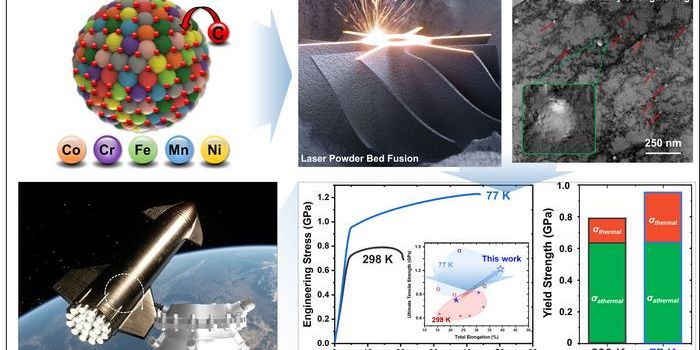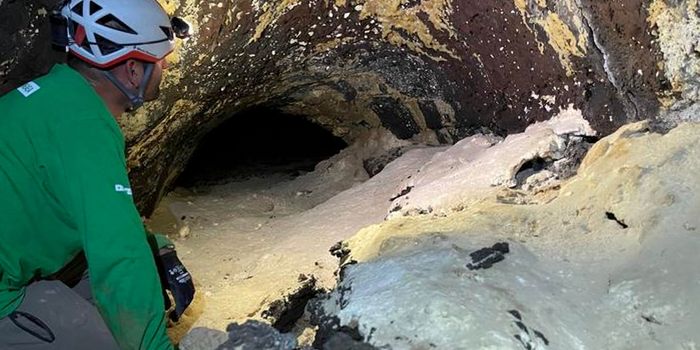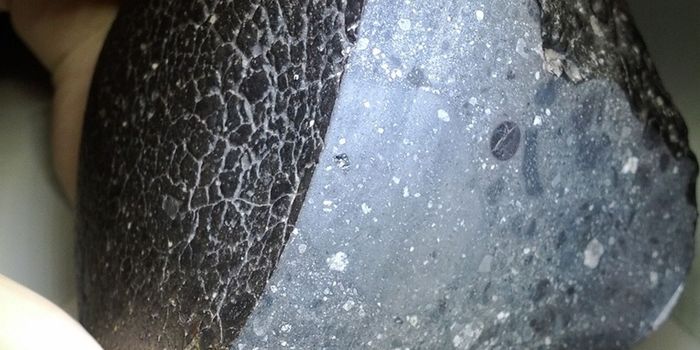Jezero Crater's Ancient Lake: Perseverance Rover's Exploration and Geological Insights
Recent discoveries made at this week’s American Geophysical Union (AGU) Annual Meeting 2023 in San Francisco reveal new details from NASA’s Perseverance rover regarding the samples it has been collecting while exploring Jezero Crater on Mars. In these samples, researchers have identified phosphate and fine-grained silica, which are known for being linked with life as we know it and preserving ancient fossils on Earth, respectively. These findings hold the potential to help researchers better understand the conditions on early Mars and whether life could have formed on the Red Planet billions of years ago.
Satellite image of Jezero Crater on Mars overlaid with mineral data, with the green color indicating carbonates – minerals that form in aqueous environments with conditions that might be suitable for preserving ancient life. NASA’s Perseverance is currently exploring Jezero Crater (red dot, center right in image). (Credit: NASA/JPL-Caltech/MSSS/JHU-APL)
“We picked Jezero Crater as a landing site because orbital imagery showed a delta – clear evidence that a large lake once filled the crater,” said Dr. Ken Farley, who is a W.M. Keck Foundation Professor of Geochemistry at Caltech and a project scientist on the Perseverance rover. “A lake is a potentially habitable environment, and delta rocks are a great environment for entombing signs of ancient life as fossils in the geologic record. After thorough exploration, we’ve pieced together the crater’s geologic history, charting its lake and river phase from beginning to end.”
Artist illustration showing Jezero Crater as it may have appeared billions of years go on Mars, when it was filled with flowing liquid water. The proposed inlet is located at the upper left portion of Jezero and the outlet is visible on the right center portion of Jezero. (Credit: NASA/JPL-Caltech)
Approximately 4 billion years ago, a large impact created Jezero Crater, which was later filled with flowing liquid water, which existed on Mars since the planet was much more hospitable than it is today due to a thicker atmosphere from active volcanism and a magnetic field that shielded the surface from harmful cosmic radiation. Unfortunately, this was not meant to last, as the interior of Mars slowly cooled due to it being half the size of Earth, which resulted in the volcanism ceasing and the magnetic field slowly dissipating. Once this happened, the liquid water was lost to space, leaving the cold and dry planet we see today. Despite the dreary conditions today, these new findings of phosphates and silica are key in better understanding the early conditions on Mars and whether it could have supported life.
“We have ideal conditions for finding signs of ancient life where we find carbonates and phosphates, which point to a watery, habitable environment, as well as silica, which is great at preservation,” said Dr. Morgan Cable, who is a research scientist at NASA's Jet Propulsion Laboratory and principal investigator of the software responsible for analyzing the samples.
What new discoveries will researchers make about Jezero Crater and its potential for ancient life in the coming years and decades? Only time will tell, and this is why we science!
As always, keep doing science & keep looking up!
Sources: NASA, NASA (1), Popular Science










